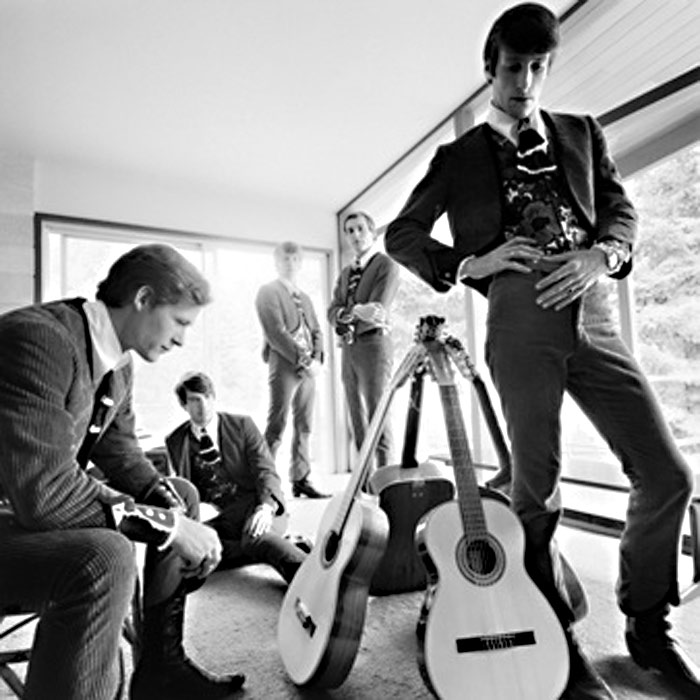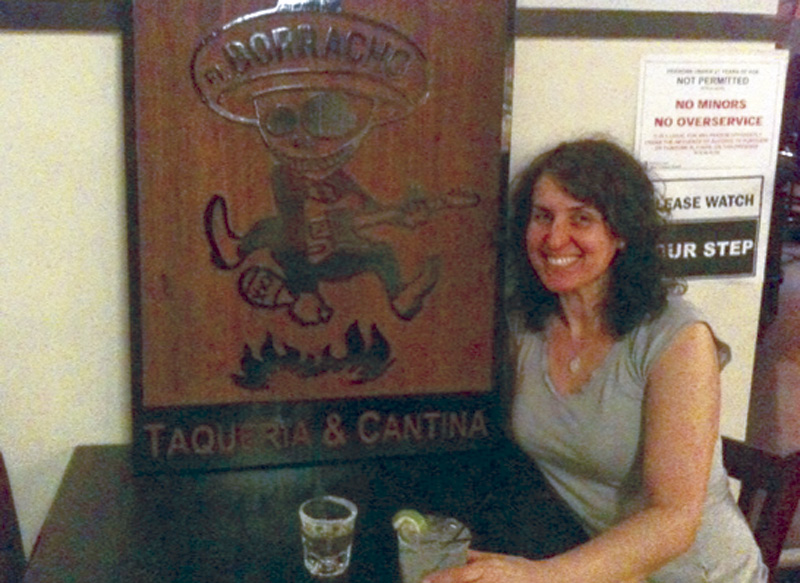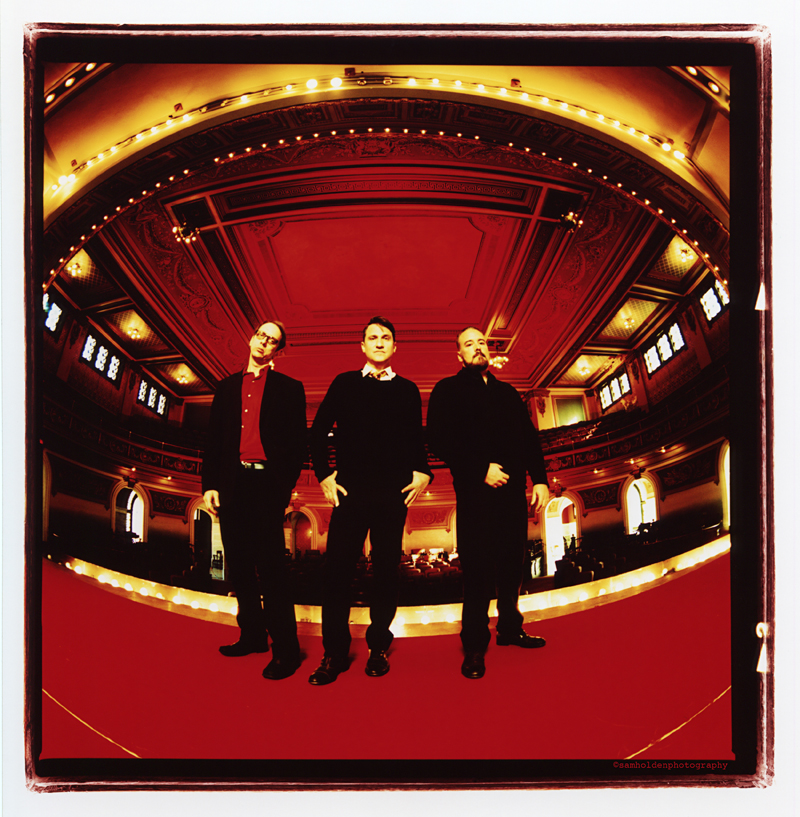Coaxing veterans of Seattle’s music community to talk about the cultural events of the early ’90s and their impact on this city is not an easy task. I’ve been writing professionally for nearly a decade, and it wasn’t until the past few years that the old guard has trusted me enough to talk about heavier subject matter, like the deaths of Kurt Cobain and Mia Zapata or the lasting impact that having one’s world cracked open by the press has on an artist. Having grown up here, I’m aware that the distorted media scrutiny regarding those events was so traumatic for some folks that talking to any musician or journalist about “grunge” will often get you a dry laugh or an eye-roll.
Given that well-known reputation for guardedness, it seems the only way to get a thorough and honest book written about that era would be to let the key players tell the story in their own words. Impressively enough, it was New York–based author Greg Prato, rather than someone local, who made this long-overdue oral history a reality. His Grunge Is Dead: The Oral History of Seattle Rock Music hits bookstores this week.
Though Prato wasn’t involved on a ground-zero local level, he was an avid fan who tried to catch every Seattle band he could when they toured through town. “I did a feature for Classic Rock magazine about Soundgarden in 2005, which is probably my favorite band from that late ’80s– early ’90s era,” explains Prato via phone from his Long Island home. “From doing that, I became friends with Jack Endino, and he mentioned to me that a lot of the articles written about the grunge era were by people who weren’t there and that those people were giving their take on how it happened. That got me thinking about having a book where the author wasn’t talking—just the people who were there. It was also pretty much modeled after Please Kill Me.”
Indeed, Prato’s nearly 500-word tome does look and read like Legs McNeil‘s famously uncensored oral history of the mid-’70s New York punk scene. Nearly all the key Seattle players are represented via more than 130 interviews, including the notoriously press-shy Eddie Vedder. The absence of Nirvana’s Krist Novoselic and Dave Grohl is noticeable, and the examination of Zapata’s life and legacy all too brief, but otherwise there’s an impressive selection of lesser-known but no less knowledgeable insiders, like promoter, curator, and current Fantagraphics Books proprietor Larry Reid, visual artist Jim Blanchard, and textile artist Libby Knudson.
“It just started snowballing,” says Prato of the range of voices he was able to capture. “The more people I talked to, those people then suggested other [interview subjects], and that’s how I got hooked up with a lot of other people that are often hard to get in contact with. I also think people could tell I really, truly was a fan of these bands and knew a lot about them—and that I was doing a book that wasn’t sensationalistic and that was just based on the facts. [Vedder] called me from Hawaii, and I spoke with him for two hours. Once I started telling him about the shows that I had been to and the bands that I love, he began opening up more. And that ended up being one of the best interviews I did for the book. Mark Arm was also absolutely amazing about helping me and connecting with people I never would have thought of.” Prato will read from and sign copies of his book this Saturday, April 25, at 6 p.m. at Easy Street Records in West Seattle.
Photographer Jini Dellaccio would probably appreciate the artful honesty of Prato’s work. The now 92-year-old Northwest native got her start in the early ’50s, documenting the proto-punk garage bands emerging from working-class neighborhoods in Bremerton and Tacoma, like the Wailers and the Sonics, typically photographing them against the striking natural landscapes around her Gig Harbor studio. Although few people outside an enclave of obsessive record collectors are familiar with her work, her images are undeniably iconic, especially the cover of the Sonics’ 1966 album Boom, photographed on a beach near Bremerton. Although it’s many decades later, Dellaccio is finally getting the attention she deserves with the release of a book simply called Rock & Roll, a collection of her best black-and-white images. The artist herself is scheduled to attend the release of the book this Friday, April 24 at the Crocodile. Oversized prints of her work will be on display, and the Tom Price Desert Classic (featuring former members of the U-Men, Monkeywrench, Gas Huffer, and the Derelicts) will be performing. The $10 admission price will also go toward the price of Dellaccio’s book. Fantagraphics’ Reid wrote one of the book’s several introductory essays, and is helping put together the Crocodile show.
“I was always a big fan of Jini’s work and [her] look,” says Reid. “It’s a bit of a dichotomy. Her approach to these bands was really sophisticated. But the music itself was pretty primitive. Almost by definition, garage rock is not only primitive, but also somewhat menacing. But she was taking these beautiful pictures that were frequently out in a forested landscape, and it always struck me as being the essence of regionalism, on some level.”








